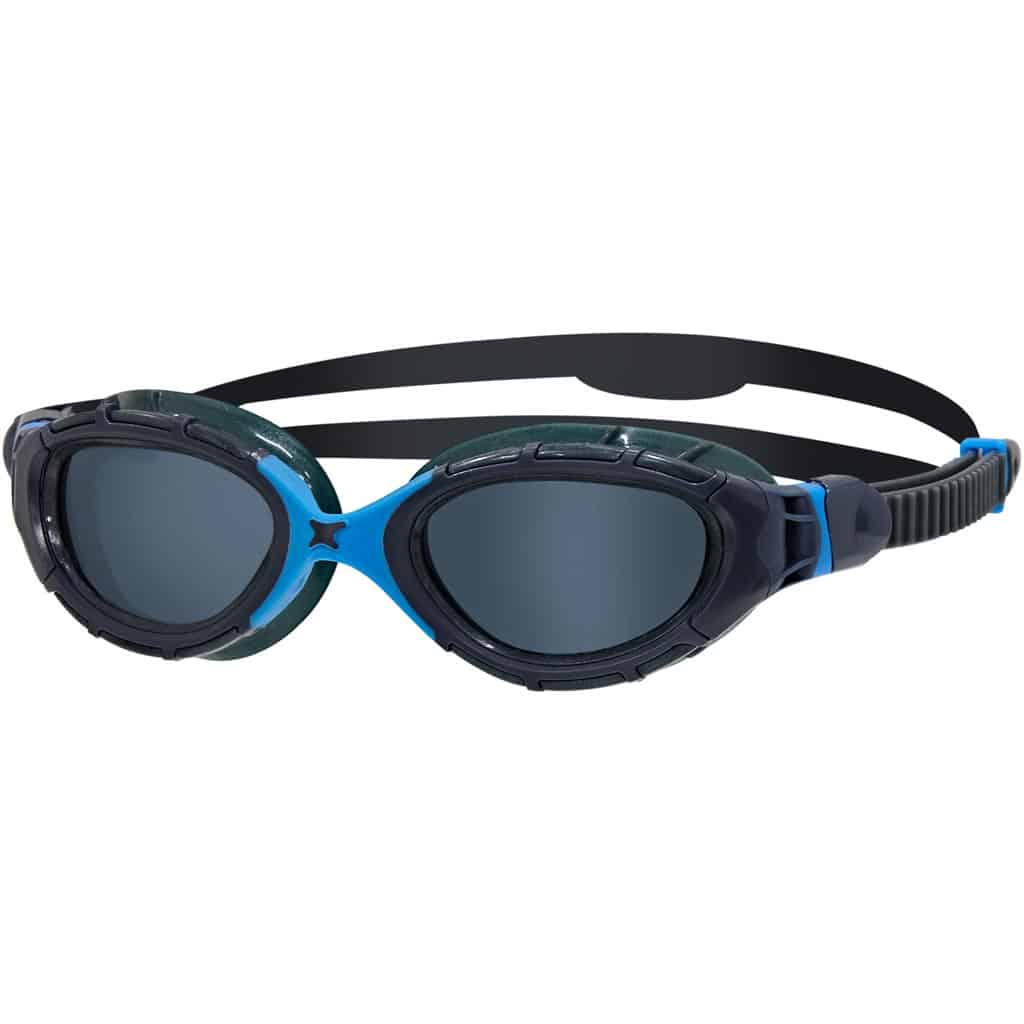Fogging on your goggles can be a major nuisance, especially when you’re in the middle of an important activity. Whether you’re a swimmer, skier, or a scientist in a lab, clear vision is critical for your performance and safety. Fogging can not only disrupt your work or play, but also cause potential harm in some situations. This guide will provide effective strategies how to prevent goggles from fogging.
1. Understanding the Cause of Goggle Fogging

The Science Behind Fogging
Fogging on your goggles is the result of condensation. When the warm, humid air from your body comes into contact with the cooler surface of the goggle lens, it forms tiny droplets of water that scatter light and create the foggy effect.
Variables That Increase Fogging
There are several factors that can increase fogging. Cold weather, high humidity, and exertion that leads to perspiration can all lead to an increase in fogging. Understanding these variables can help you take measures to minimize their impact.
2. Proper Cleaning and Care
Regular Cleaning
Regularly cleaning your goggles can help prevent fogging. Over time, residue from sweat, skin oils, and dust can build up on the inside of your goggles, which can increase fogging. Use a soft cloth and approved lens cleaner to gently wipe the inside of your lenses. Avoid using abrasive cleaners or rough cloths that could scratch the lenses.
Avoid Touching the Inner Lens
The oils from your skin can also contribute to goggle fogging. Try to avoid touching the inside of your goggle lenses as much as possible. When putting on and removing your goggles, handle them by the straps or the outer edges of the frames.
3. Using Anti-Fog Products
Commercial Anti-Fog Sprays and Wipes
There are many anti-fog products available on the market that can help prevent fogging. These come in the form of sprays, wipes, and gels. They work by creating a thin, invisible layer on the lens that reduces surface tension and prevents the formation of the tiny water droplets that cause fogging.
Applying Anti-Fog Products Correctly
When using these products, make sure to follow the manufacturer’s instructions. Generally, you apply the product to the inside of the lenses, then wipe it off after a short period. It’s important not to overuse these products, as doing so can actually cause a film to build up on the lenses, which can blur your vision.
4. DIY Anti-Fogging Solutions
Using Household Items
If you don’t have a commercial anti-fog product on hand, there are several household items you can use. A solution of baby shampoo and water can be applied to the inside of the lenses and then rinsed off. This creates a thin layer that can help prevent fogging. Similarly, a small amount of toothpaste (without whitening agents) or dish soap can be used.
Application Process
When using these DIY solutions, apply a small amount to the inside of your lenses. Then, use a soft cloth to gently spread it across the entire lens. After a few minutes, rinse off the solution with water. Be sure to let your goggles dry completely before using them.
5. Additional Tips and Tricks
Goggle Warming
One simple method to reduce fogging is to warm your goggles up before you use them. This can be done by wearing them on your forehead or around your neck for a few minutes before you need to use them.
Proper Ventilation
If possible, choose goggles with good ventilation. More airflow helps to regulate the temperature inside the goggles and reduce the chance of fogging.
6. Choosing the Right Goggles
Anti-Fog Coatings
Many goggles come with an anti-fog coating on the inside of the lenses. While this coating can wear off over time, it can significantly help to reduce fogging.
Lens Material and Shape
Some lens materials are more prone to fogging than others. Polycarbonate lenses, for example, are less likely to fog than plastic ones. The shape of the goggles can also affect fogging. Models with a greater curvature provide more space between the face and the lens, which can reduce fogging.
Conclusion
Fogging can be a frustrating problem when using goggles, but there are many strategies to combat this issue. By understanding the cause of fogging and employing a combination of regular cleaning, the use of anti-fog products or DIY solutions, and smart goggle choices, you can greatly reduce the chances of your vision being compromised. However, remember that every person and every situation is unique, so you may need to try a few different approaches before you find the one that works best for you.



Recent Comments